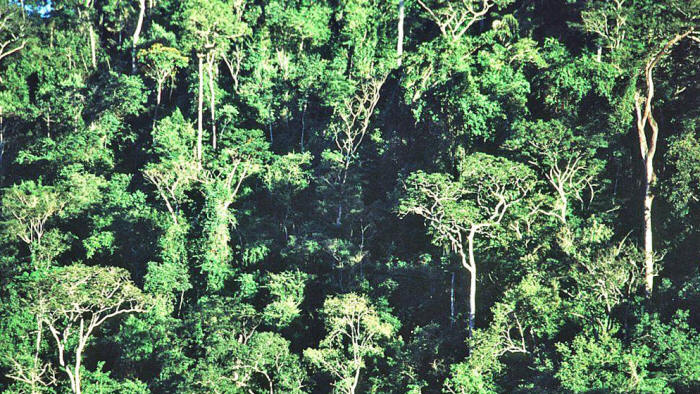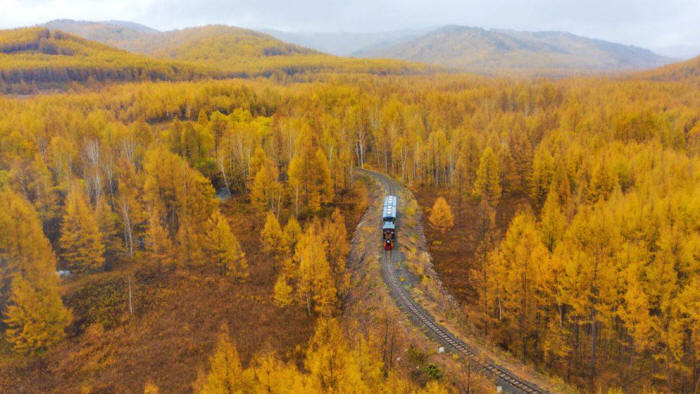|

by Helen Briggs
BBC
Environment correspondent
May 11, 2021
from
BBC Website

Brazil's Atlantic Forest:
Second
in biodiversity only to the Amazon
An area
of forest the size of France
has regrown
naturally across the world
in the last 20
years,
a study
suggests...
The restored forests have the potential to soak up (or use it to
grow) the equivalent of 5.9 gigatonnes (Gt) of carbon dioxide -
more than the annual emissions of the US, according to conservation
groups.
A team led by WWF used satellite data to build a map of
regenerated forests (Force
of Nature - Mapping Forest Regeneration Hotspots).
Forest regeneration
involves restoring natural woodland through little or no
intervention.
This ranges from doing nothing at all to planting native trees,
fencing off livestock or removing invasive plants.
William Baldwin-Cantello of WWF
said natural forest regeneration is often,
"cheaper, richer in
carbon and better for biodiversity than actively planted
forests".
But he said regeneration
cannot be taken for granted:
"to avoid dangerous
climate change we must both halt deforestation and restore
natural forests".
"Deforestation still claims millions of hectares every year,
vastly more than is regenerated," Mr Baldwin-Cantello said.
"To realize the potential of forests as a climate solution, we
need support for regeneration in climate delivery plans and must
tackle the drivers of deforestation, which in the UK means
strong domestic laws to prevent our food causing deforestation
overseas."

Mongolia's boreal forests
line its northern border
The Atlantic Forest in
Brazil gives reason for hope,
the study said, with an area
roughly the size of the Netherlands having regrown since 2000.
In the boreal forests of northern Mongolia, 1.2 million hectares of
forest have regenerated in the last 20 years, while other
regeneration hotspots include central Africa and the boreal forests
of Canada.
But the researchers warned that forests across the world face
"significant threats".
Despite "encouraging signs" with forests along Brazil's Atlantic
coast, deforestation is such that the forested area needs to more
than double to reach the minimal threshold for conservation, they
said.
The project is a joint venture between,
-
WWF
-
BirdLife
International
-
WCS,
...who are calling on
other experts to help validate and refine their map, which they
regard as "an exploratory effort".
One of the simplest ways to 'remove' (or used it by trees to
grow...)
carbon dioxide from the air
is to plant trees.
But scientists say,
the right trees must
be planted in the right place if they are to be effective at
reducing carbon emissions...
Additional information
| 


